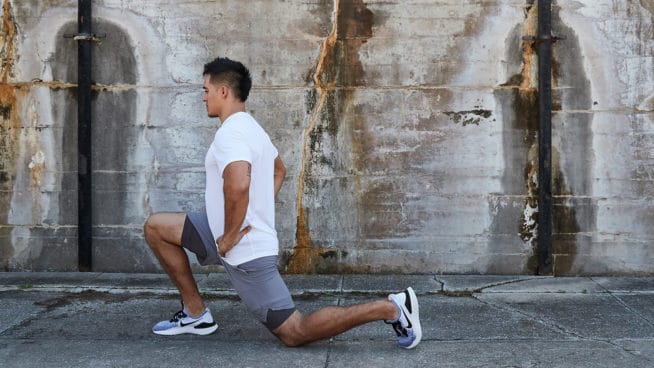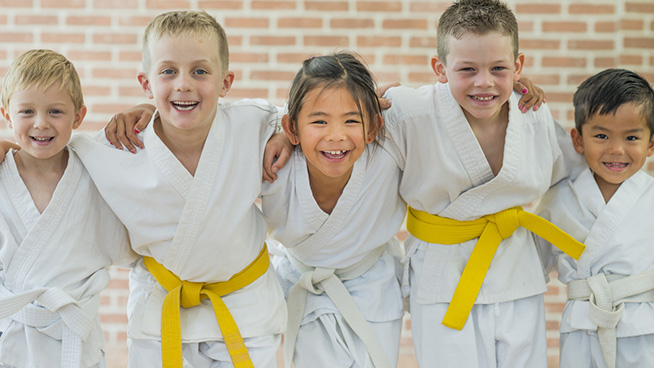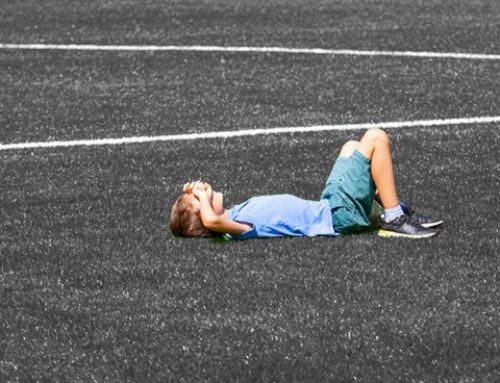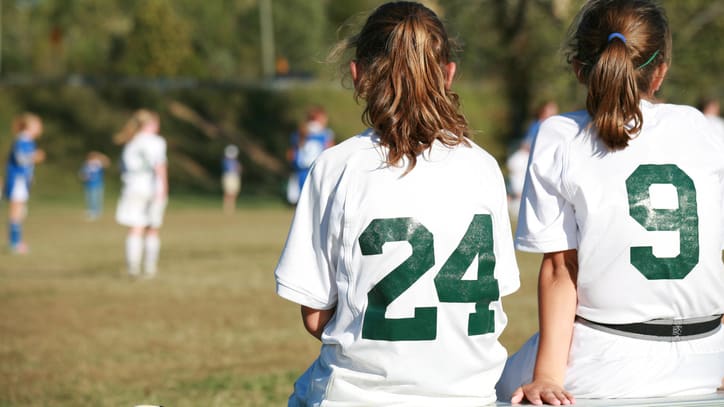2 Sport Psychology Tips to Improve Your Visualization Skills
It was pretty common during the Olympics for the camera to catch an athlete preparing mentally for his or her perfect performance.
America’s first women’s gold medalist in Judo, Kayla Harrison, is vocal about how sports psychology, particularly imagery, helped her to reach her sport goals. Prior to London, Harrison visualized her perfect fight every night for two years in preparation for her Olympic moment. She even went so far as to include the big hug she gave her coach once she captured the gold.
Mental imagery, also known as visualization, is one of the most effective mental skills an athlete can use to improve performance. Sports psychology studies on the power of visualization show that, combined with physical practice, imagery significantly improves skill development—both acquisition and retention. It also can reduce anxiety, sharpen focus, identify roadblocks, increase motivation and build confidence.
Despite the research and stories like Harrison’s, there are still plenty of skeptical athletes, especially those who tried visualization once or twice, but stopped because it did not produce immediate results. These athletes view mental skills like Red Bull. They need to feel the effects immediately.
So how can you make visualization work for you to achieve your sports goals? One word. Practice.
Athletes like Kayla, who work with a sports psychologist or a Mental Trainer®, deliberately and consistently practice mental imagery. They also receive feedback on their visualizations to improve their ability to visualize. Imagery is like any other skill in that people have differing abilities. So if you want to turn the pictures in your head into actual sport experiences, start by improving your imagery skills using deliberate practice.
Here are two practice strategies you can use to increase the effectiveness of mental imagery:
Self-Directed Visualization Practice
This is the most common form of imagery. You are the director and have complete control in shaping your experience and the outcome. To improve this skill, find a quiet place where you can relax, and begin by looking at a picture or a trophy that reminds you of a positive sports memory. Spend at least five minutes visually recreating your memory. To get the most mind-body benefit from your visualization practice, make it a first person, multi-sensory experience. Check out a step-by-step guide to self-directed visualization.
Guided Imagery Practice
Guided visualization is extremely powerful in helping to direct your focus during imagery practice. When you do not have to create the experience, you can invest more mental energy imagining vivid details. Improve your imagery skills with guided visualization by listening to audiobooks. Let the author paint the picture, and visualize as much detail as you can based on the narrative. Practice guided imagery one chapter at a time, and focus your energy on creating a movie in your head that’s as detailed as possible.
Once you become more proficient at using imagery, make visualization a regular part of your training program and turn your mental images into actions, just like Kayla did.
Photo: Ourkidscenter.com
RECOMMENDED FOR YOU
MOST POPULAR
2 Sport Psychology Tips to Improve Your Visualization Skills
It was pretty common during the Olympics for the camera to catch an athlete preparing mentally for his or her perfect performance.
America’s first women’s gold medalist in Judo, Kayla Harrison, is vocal about how sports psychology, particularly imagery, helped her to reach her sport goals. Prior to London, Harrison visualized her perfect fight every night for two years in preparation for her Olympic moment. She even went so far as to include the big hug she gave her coach once she captured the gold.
Mental imagery, also known as visualization, is one of the most effective mental skills an athlete can use to improve performance. Sports psychology studies on the power of visualization show that, combined with physical practice, imagery significantly improves skill development—both acquisition and retention. It also can reduce anxiety, sharpen focus, identify roadblocks, increase motivation and build confidence.
Despite the research and stories like Harrison’s, there are still plenty of skeptical athletes, especially those who tried visualization once or twice, but stopped because it did not produce immediate results. These athletes view mental skills like Red Bull. They need to feel the effects immediately.
So how can you make visualization work for you to achieve your sports goals? One word. Practice.
Athletes like Kayla, who work with a sports psychologist or a Mental Trainer®, deliberately and consistently practice mental imagery. They also receive feedback on their visualizations to improve their ability to visualize. Imagery is like any other skill in that people have differing abilities. So if you want to turn the pictures in your head into actual sport experiences, start by improving your imagery skills using deliberate practice.
Here are two practice strategies you can use to increase the effectiveness of mental imagery:
Self-Directed Visualization Practice
This is the most common form of imagery. You are the director and have complete control in shaping your experience and the outcome. To improve this skill, find a quiet place where you can relax, and begin by looking at a picture or a trophy that reminds you of a positive sports memory. Spend at least five minutes visually recreating your memory. To get the most mind-body benefit from your visualization practice, make it a first person, multi-sensory experience. Check out a step-by-step guide to self-directed visualization.
Guided Imagery Practice
Guided visualization is extremely powerful in helping to direct your focus during imagery practice. When you do not have to create the experience, you can invest more mental energy imagining vivid details. Improve your imagery skills with guided visualization by listening to audiobooks. Let the author paint the picture, and visualize as much detail as you can based on the narrative. Practice guided imagery one chapter at a time, and focus your energy on creating a movie in your head that’s as detailed as possible.
Once you become more proficient at using imagery, make visualization a regular part of your training program and turn your mental images into actions, just like Kayla did.
Photo: Ourkidscenter.com












